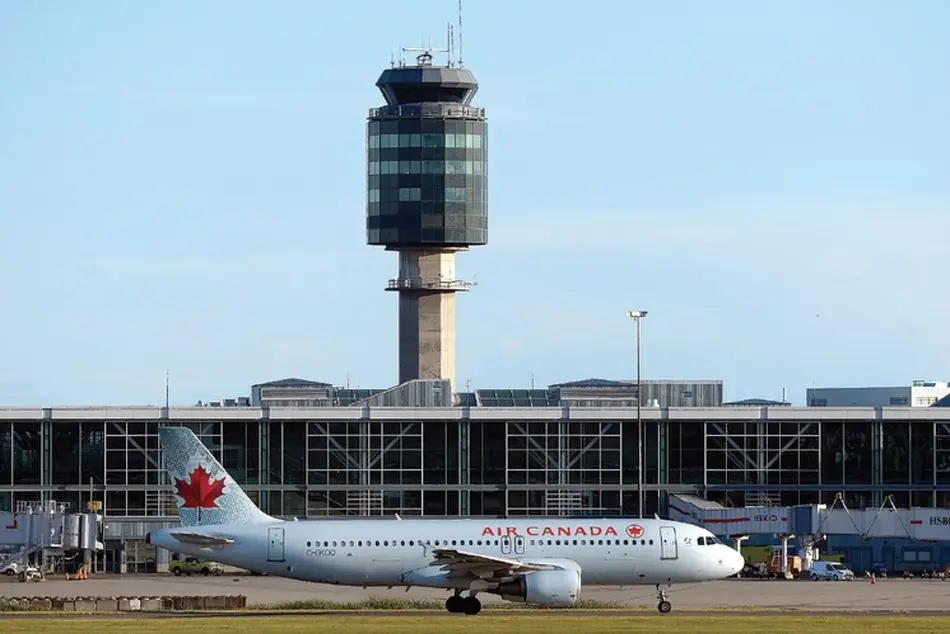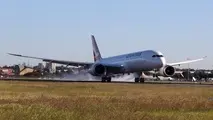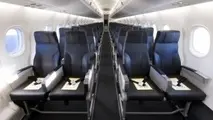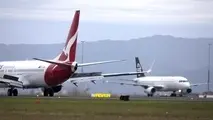Qantas Targets More MRO Nearshoring, Apprentice Pipeline
BRISBANE, Australia—Qantas Engineering is looking at ways to address maintenance work being offshored overseas while finding effective workforce strategies in order to deal with labor shortages viewed as among the biggest challenges in Australian MRO today.

BRISBANE, Australia—Qantas Engineering is looking at ways to address maintenance work being offshored overseas while finding effective workforce strategies in order to deal with labor shortages viewed as among the biggest challenges in Australian MRO today.
During a panel at Aviation Week’s MRO Australasia looking at the Australasia region’s potential on Nov. 13, Viv de Beus, head of base maintenance at Qantas Engineering, says the flag carrier still sends “a lot” of maintenance offshore, but is looking at ways to reverse that to some degree.
“It’s not what I would envision to be the best thing and it’s something we want to work on going forward, but obviously there are constraints to that,” says de Beus, who oversees base maintenance at the airline MRO division’s facility in Brisbane, which is home to its main widebody and narrowbody operation, with aircraft types serviced including Airbus A380, A330 and Boeing 747 and 737.
De Beus identifies these constraints as the number of people in the labor force as well as talent retention, along with the MRO supply chain. “We have the facilities, but they’re not being utilized as much as they should be,” he adds.
To tackle the labor problem, he says Qantas Engineering has looked to change the way it undertakes its apprenticeship program by increasing the number of people it develops in-house. It is working with a specialist training provider to bring additional apprentices into the company, which De Beus says will take them through “a different journey” to how it previously maintained people in the business. “Next year, we're bringing in 30 into Brisbane, and across line maintenance, there's another 50 or so,” he says.
De Beus says previously, apprenticeships had not been conducted to a set pattern or time and this has resulted in some workforce shortfalls given the lack of focus on developing sustained numbers of people in-house. “They missed out on apprentices through certain years and as we all know, when you do that in a big organization, [when] you get five to 10 years down the track, there are some big holes.”



